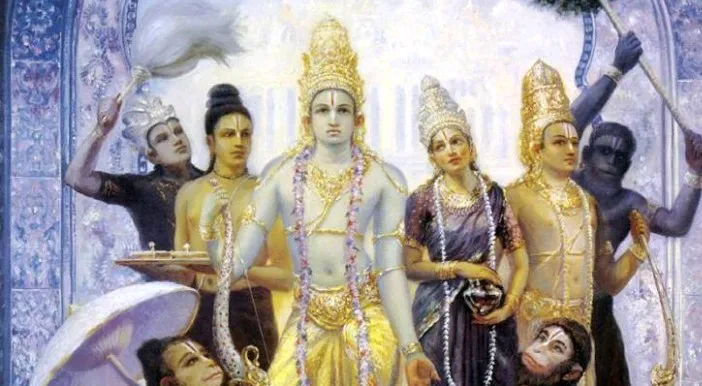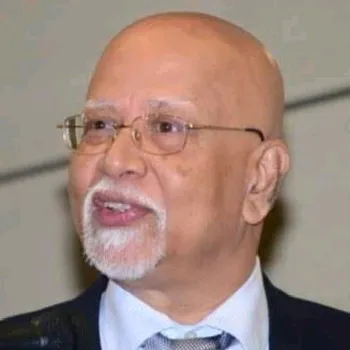Monsoon murmurs (6)
Valmiki the author of an Indian epic called Ramayana is called Athi Kavi, the ancient poet. He composed this story of a chaste ruler called Ramachandra, ages ago (between the mid-7th century BCE and the mid-6th century BCE). He was such a lovely just king the world has never seen it before. All the best qualities of Godly men made this epic immortal. Valmiki called Rama with extra ordinary human qualities which made him not only legendary but also an Avatar. Valmiki used certain post modern techniques in his story. The author appeared in the story and ends the story by saying Good Bye to Rama, reminding a sorrow soaked Rama on his mission accomplished as an Avatar and time to leave for his divine aboard. Indians are great story tellers and this story is an example.
Ramayana unites India as the story happened all over India from North to South. So one could guess that it had at least few versions in India and in the south east where it was spread by Tamil kings during their dynastic expansion. There is a Tamil version by poet Kamban based on Tamil aesthetics and a tradition set by his previous saint poets called Alwars. Kumara Guruparar a Saivite saint took this Tamil version to Varanasi which inspired Tulsidas to write his...
Ramayana unites India as the story happened all over India from North to South. So one could guess that it had at least few versions in India and in the south east where it was spread by Tamil kings during their dynastic expansion. There is a Tamil version by poet Kamban based on Tamil aesthetics and a tradition set by his previous saint poets called Alwars. Kumara Guruparar a Saivite saint took this Tamil version to Varanasi which inspired Tulsidas to write his...




